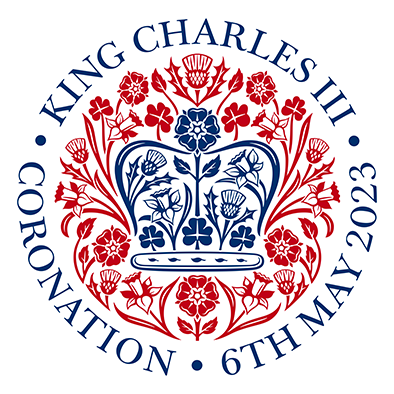John Coldham
Partner
Head of Brands and Designs (UK)
Co-leader of Retail & Leisure Sector (UK)
Article
7
As His Majesty the King and The Queen Consort celebrate their Coronation as Heads of State this Spring, many brands (particularly British brands) will want to celebrate this landmark moment in history. To do so, brands will need to consider how they can celebrate the Coronation without giving rise to liability or falling foul of advertising regulations.
In this insight, we give a brief overview of the legal landscape and some advice and signposts to assist brands looking to celebrate the Coronation.
To mark His Majesty The King's Coronation, a specific Coronation emblem ("the Emblem") has been designed.

Buckingham Palace has confirmed within published guidelines that the Emblem "is intended for use by charities, companies and individuals for celebrations" to mark the Coronation. The guidelines confirm that such "intended use" includes "commercial use, merchandise and advertising".
Whilst the guidelines are seemingly broad enough to enable the Emblem to be used in a variety of situations, it is worth noting that if your brand intends to use the Emblem you must only do so whilst abiding by the specific presentation directions. Such directions include specific references to the size, colour and positioning of the Emblem and in addition to reviewing the Do's and Don'ts listed below, brands should review the guidelines in detail prior to using the Emblem.
Registered trademarks give an exclusive right to prevent third parties using:
In addition to the above, the Trade Marks Act 1994 provides specific restrictions in relation to references third parties can make to the Royal Arms or other devices, in connection with any business, without the authority of His Majesty (on in the case of (2) the member of the Royal Family)[1]:
Further, per the Trade Descriptions Act 1968, it is an offence to, in the course of business, give any false indication that goods/services are supplied or approved by His Majesty or any member of the Royal Family. [2]
Brands should also be aware that members of the public and/or competitors can make complaints against a brand if a reference to His Majesty or the Royal Family breaches the UK advertising codes - the UK Code of Non-broadcast Advertising and Direct & Promotional Marketing (CAP Code) and the UK Code of Broadcast Marketing (BCAP Code). For example, the codes include rules prohibiting misleading advertising and rules pertaining to the depiction of the Royal Family and the use of Royal Arms or Emblems in advertising. Care should therefore be taken, for example, to avoid implying an official endorsement from His Majesty or the Royal Family (if one does not exist) or that a product is official memorabilia if that is not the case.
If you have any questions, please get in touch.
Footnotes
[1] s99 Trade Marks Act 1994
[2] s12(1) Trade Descriptions Act 1968
CECI NE CONSTITUE PAS UN AVIS JURIDIQUE. L'information qui est présentée dans le site Web sous quelque forme que ce soit est fournie à titre informatif uniquement. Elle ne constitue pas un avis juridique et ne devrait pas être interprétée comme tel. Aucun utilisateur ne devrait prendre ou négliger de prendre des décisions en se fiant uniquement à ces renseignements, ni ignorer les conseils juridiques d'un professionnel ou tarder à consulter un professionnel sur la base de ce qu'il a lu dans ce site Web. Les professionnels de Gowling WLG seront heureux de discuter avec l'utilisateur des différentes options possibles concernant certaines questions juridiques précises.